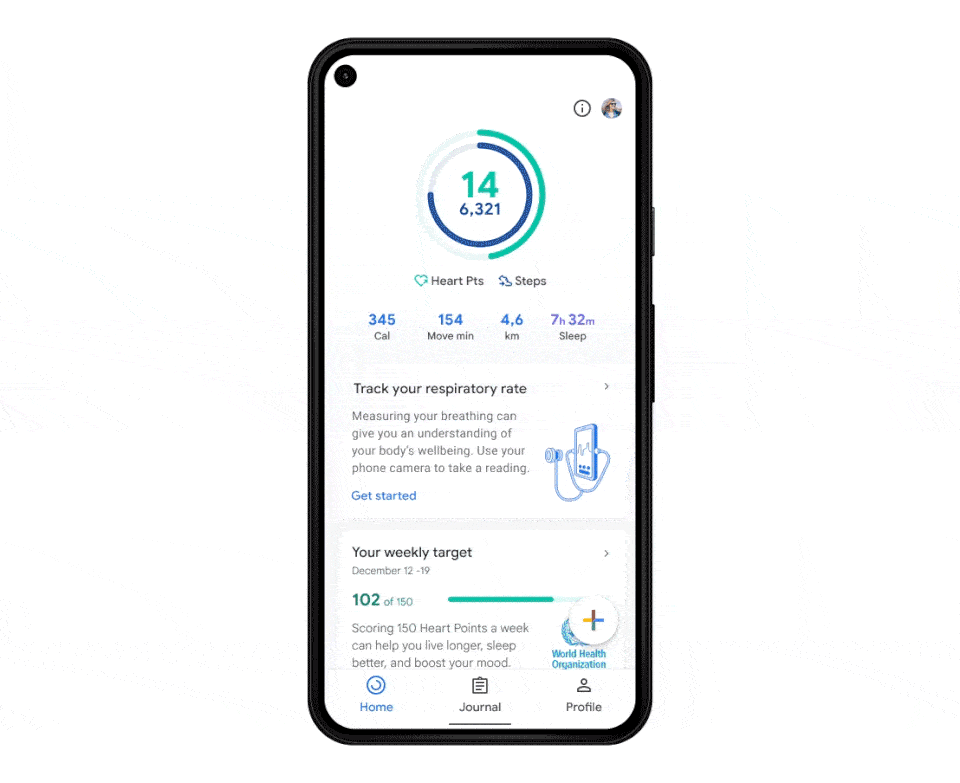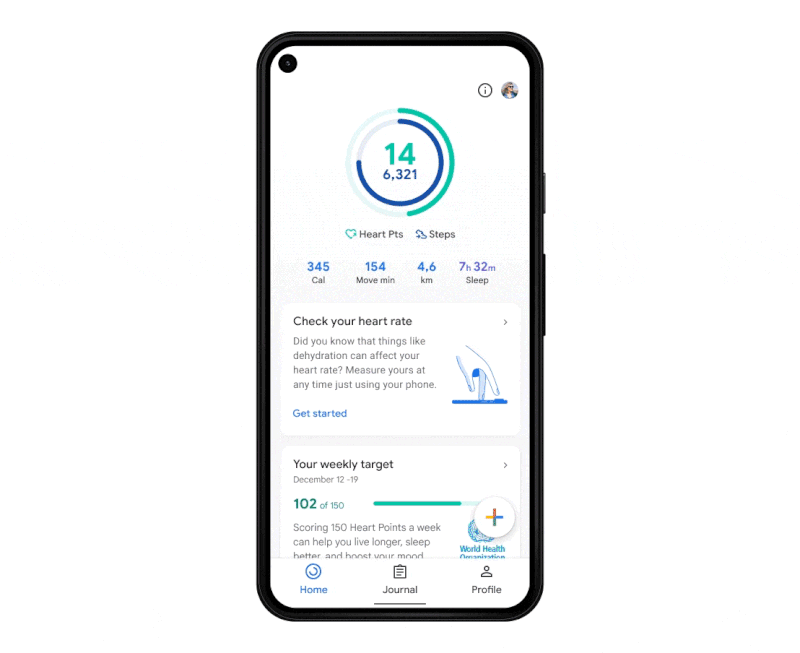[ad_1]
TL;DR: Starting next month, Google Pixel phones will be able to measure heart rates and respiratory rates with software running on the cameras. Although monitors for both aren’t hard to find (you can even make an estimate by hand), Google thinks that making accurate monitors simple and free will encourage users to take more measurements, which is good for long-term health.
Using the Google Fit app, you’ll be able to measure your heart rate or your respiratory rate with just a few seconds of footage. Prop up the phone on a hard surface and stand in the selfie camera’s frame so that an artificial intelligence can look for small movements of your chest and head to spot your breathing. Google says that it’s accurate to within one breath per minute.
Heart rates are normally measured by special cameras that use a technique called physical photoplethysmography (PPG). Samsung Galaxy phones up to the S10 had one built-in. A PPG shines a light into your finger and looks at the reflection pattern to see the movement of blood.

Google’s solution is the same in concept, minus the light source. It measures your heart rate by looking for slight changes in color in your finger, corresponding to the movement of blood, when your finger is gently pressed against the primary camera lens. (The lens will be smudged afterward, unfortunately.) Because this technique doesn’t require specialized hardware, Google thinks that it could be rolled out to all Android devices in the future.

Heart rate measurements are accurate to within 2%, Google says, which is consistent with clinical-grade products. But for now, Google isn’t advertising it as sufficient for medical applications, and they haven’t sought FDA approval yet.
“Frankly, we haven’t done enough testing and validation to say that it can definitely work for those use cases yet, but it’s definitely something we’re exploring,” says Jack Po, a Google Health product manager.
Heart rate monitors are a staple of the wearable tech industry, and the continuous measurements they take while you’re exercising or going about your day are both more convenient and more informative than those you could take with a Pixel phone. It’s for this reason that Samsung dropped the PPG from the Galaxy S20 and later model phones. But at the end of the day, for people that own a Pixel phone and no wearables (including myself), it’s a free feature, and that’s pretty sweet.
[ad_2]
Source link